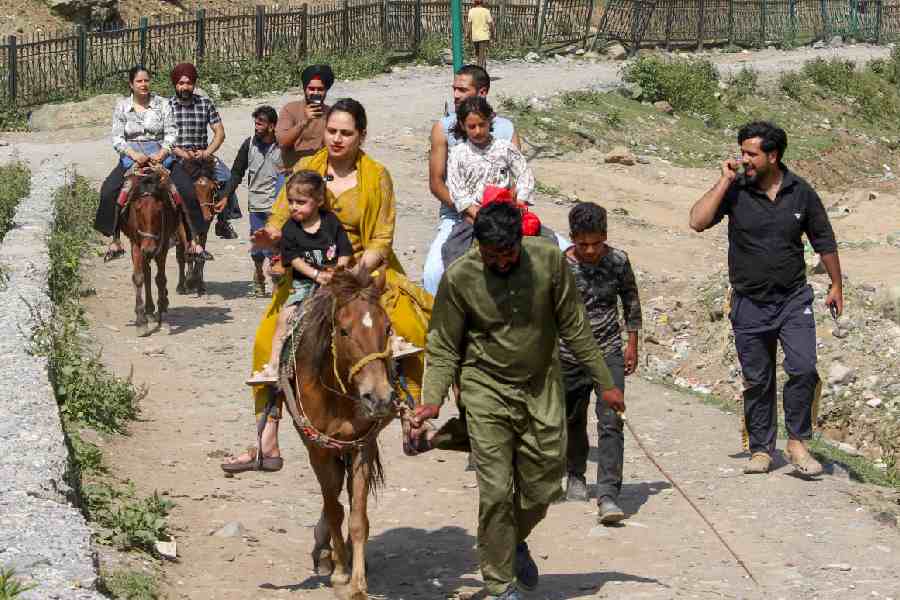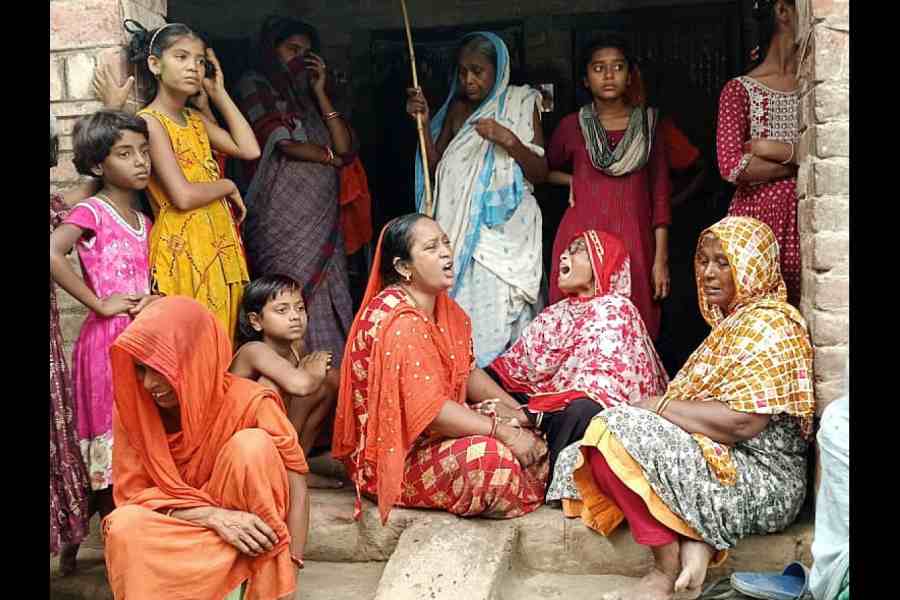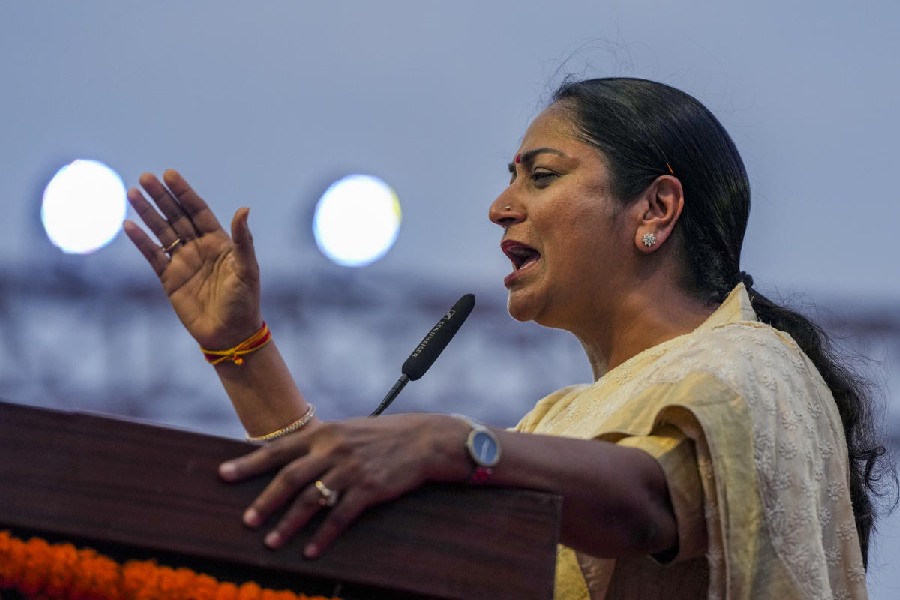The recent spurt of violence in Karbi Anglong district has to be viewed in the larger context rather than from a law and order point of view. Edward Azar, a Lebanese analyst, termed all need-based, long-drawn internal conflicts as protracted social conflicts (PSC). He defined PSCs as “the prolonged and often violent struggle by communal groups for such basic needs as security, recognition, acceptance and fair access to political institutions and economic participation.”
I will bring “ethnicity” too within the rubric of communality.
Azar said that the main sources of PSCs are communal (add ethnic) discontent, deprivation of human needs, governance and the state’s role and international linkages.
Except the last one, the three other sources of PSCs are discernible in the recent decades in Karbi Anglong and Dima Hasao districts.
In a book called Karbi Studies, published by Karbi Young Writers’ Guild, I notice a perception that is significant and reflects a psychological state because of economic deprivation. The term “hegemony” is used to describe the Assamese people’s domination of the state apparatus and says the Karbi and the Dimasa people are languishing under this hegemony. “This is the reason for the resentment and protraction of the agitation in Karbi Anglong and North Cachar Hills, which is now sliding towards virtual anarchy,” the study says.
This perception cannot be dismissed as irrelevant and will need to be addressed in an objective manner.
There is resentment over political representation in the state Assembly, the hill people’s destiny being dependent on the “goodwill of the majority Assamese people.” The study points out how per capita govt expenditure in Karbi Anglong at Rs 2,558.11 in 1999 was very low compared to hill states like Nagaland, Meghalaya and Mizoram. This reflects a perception behind the demand for an autonomous state.
But this is not the whole story. If the resentment is simply against the hegemony of the Assamese, then why have there been clashes between different tribal communities during the last decade when they have lived in harmony before? The aspirations of different communities must have come into conflict and found violent expression in ethnic and communal clashes.
Before looking at the political causes, we need to take into account the economic causes. According to Azar, one of the sources of conflict is underdevelopment. Apart from this, vast areas of land in both districts are barren and uncultivable. And because of the prevalence of shifting cultivation, use of high yielding variety of seeds has not caught on for the rural economy to look up.
Of the 2,633 villages of Karbi Anglong, only 40 per cent are electrified and in Dima Hasao only 33 per cent. Karbi Anglong is the biggest district of the state but it has only 4,185km of roads, of which 3,159km are yet to be surfaced. In Dima Hasao, the total road length is only 1,500km but out of this 965km remain untopped. (The data given here are a few years old but relevant as a cause of discontent).
Though the geographical space is very large and the population of different tribes is relatively small, yet the economic space remains narrow and the communities have to compete within this narrow space, not only among themselves but also with migrants from the plains and other states. The tribes, therefore, look for exclusive political space with enough power to fulfil their aspirations.
The district council structure was incorporated in the Constitution to provide a political space to tribal communities for organising their economic life free from the imposition of the larger state structure, influenced by non-tribal state considerations. But there is dissatisfaction over the quantum of funds made available to the districts through this structure. And even the allotted funds are not properly utilised and corruption is rampant.
This has resulted in development failures and the people at the grassroots have not tasted the economic fruits. Within the district councils, political power has remained confined to a political elite. The younger aspirants seeking political space have to find a different route outside the political parties that are under the control of these elite people.
Some sections of such people in the hills copied the ongoing Northeast insurgency but they too were splintered, perhaps owing to conflicts over sharing the spoils.
A proliferating arms market in the surrounding region, techniques of extortion, fine-tuned by other extremist groups in the neighbourhood, training willingly provided by some insurgent organisations, particularly the NSCN who charge a lot of money, hilly terrain and communication bottlenecks facilitate guerrilla-type action and hamper the movement of security forces. All these factors came in handy for mounting armed actions. And eventually, extortion became an organised business. Investigations revealed that one outfit even directly got access to funds of the district council of Dima Hasao, thanks to a nexus with corrupt politicians.
Recent dialogues between some hill insurgent groups and the Centre have brought down the level of violence but the underlying causes are yet to be properly addressed.
Though the economic demands of the tribes are of similar nature, the politically formulated territorial demands raised by the outfits have points of conflict.
The demand for Dimaraji includes parts of Karbi Anglong and Nagaland and the KLNLF’s demand for an autonomous state is not only for Karbi Anglong but also includes Dima Hasao as well.
Both these demands cannot converge. To complicate matters in regard to territorial demands, the NSCN has asked for some portions of Dima Hasao and parts of Karbi Anglong to be included in Nagalim, on the argument that these are territories inhabited by some of the Naga tribes outside Nagaland.
Divergence in ethnic interests fuelled by activities of armed outfits led to serious communal clashes between the Hmar and the Dimasa in 2003 and between the Zemi and the Dimasa in 2009.
The Kukis, whose numbers have increased manifold owing to migration from Manipur in the 1990s to the Singhasan hills area of Karbi Anglong, have become successful ginger cultivators and they have demanded for an autonomous regional council, which the Karbis, who consider them outsiders, vehemently oppose. There has been conflict over trade rights of ginger, too, but the main cause of conflict appears to be over Kuki’s demand for a political space in an area, which the Karbis consider to be traditionally theirs.
In the two hill districts, protracted social conflicts stem from security concerns and unfulfilled developmental needs of the tribes involved. But these needs have been divergent for different tribal communities.
The Karbis are the major tribe in Karbi Anglong and the Dimasas hold the majority in Dima Hasao. Their political and economic aspirations need to be addressed. But at the same time, there is a need to balance their demands against the genuine concerns of other tribal communities through a mode of consensus. This will need wide consultations with representative organisations of the communities involved.
Addressing identity-driven needs is not easy. It wants psychological fulfilment as well as economic security. The latter can be addressed by adopting the inclusive growth model under the Five Year Plans and giving financial rewards through the Finance Commission.
But psychological fulfilment is linked with political aspirations. Perhaps a more useful model here will be a mechanism to assure democratic decentralisation at the grassroots level by enabling these people to shape their political economy through an active village council model — similar to the panchayati raj system — instead of a top-down approach that expands the playing field for a vocal section. Development funds need to be distributed equitably with growth happening from the bottom up.










